Where the Sun Never Sleeps (And Neither Do The Scientists)
COB reporter Codi Kozacek travels above the Arctic Circle.
In late June, more than 250 kilometers above the Arctic Circle, the sun refuses to set. Through the thick fog, it casts the landscape in perpetual twilight and informs my internal clock that it is not, in fact, time to sleep. Even after 10 hours of traveling north from Fairbanks on the infamous, rarely paved Dalton Highway, I am inclined to agree.
There is simply too much to take in at the Toolik Field Station, a remote outpost on Alaska’s North Slope where I will be spending the next week. Scientists here are studying the mechanisms and effects of climate change, which is transforming the Arctic faster than almost any other place in the world.
To my untrained eye, however, the tundra looks as if it has remained unchanged for millennia. Small white and purple wildflowers are taking advantage of the short summer season, and the gentle hills are green with new leaves. On Toolik Lake, pieces of ice the size and shape of railroad spikes pack tightly together in a black expanse that stretches nearly from shore to shore.
Camp itself is a collection of green modular buildings and weatherized tents that look like covered wagons without wheels. Inside are labs, rec rooms, kitchens and bunks. Very little is wasted. In the cafeteria alone there are recycling bins for plastics, glass, and aluminum. The glass is recycled on site, while the plastic and aluminum is shipped to Fairbanks for processing. Food and paper trash is burned.
Water, too, is highly conserved. Restrooms consist primarily of pit toilets in “towers”, and showers are limited to 2 minutes, twice a week. Every gallon of wastewater is collected and shipped out of camp at the cost of $US 1 per gallon.
In short, it’s a long way from Hawaii. It’s a long way from most anywhere, to tell the truth, but what happens in the Arctic has far-reaching implications for climates around the globe.
–Codi Kozacek, Reporter
My stay at Toolik is funded by the Logan Science Journalism Program at the Marine Biological Laboratory in Woods Hole.
A news correspondent for Circle of Blue based out of Hawaii. She writes The Stream, Circle of Blue’s daily digest of international water news trends. Her interests include food security, ecology and the Great Lakes.
Contact Codi Kozacek

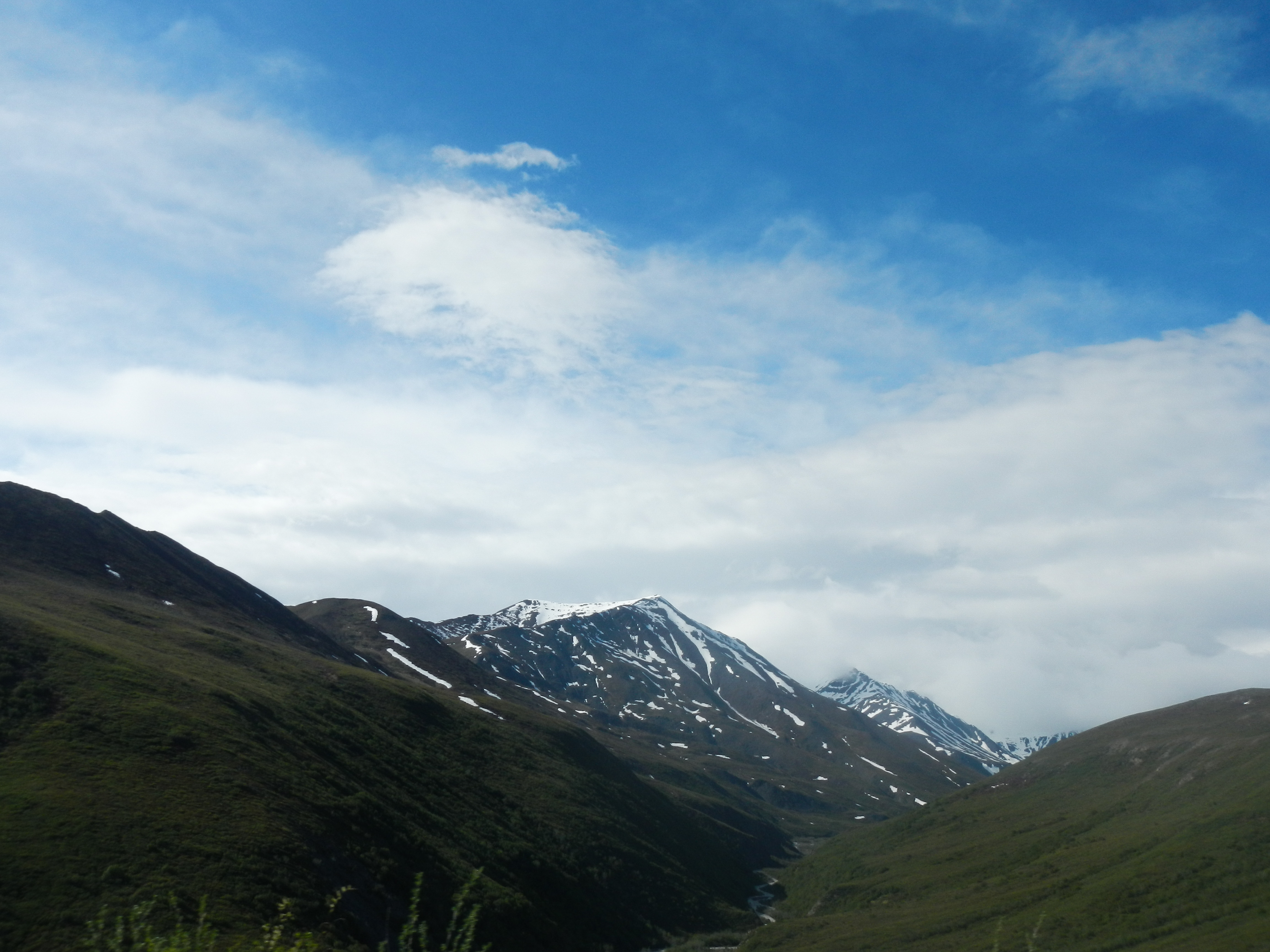
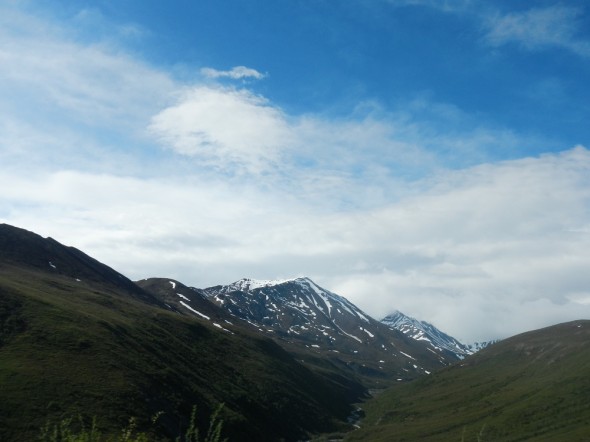
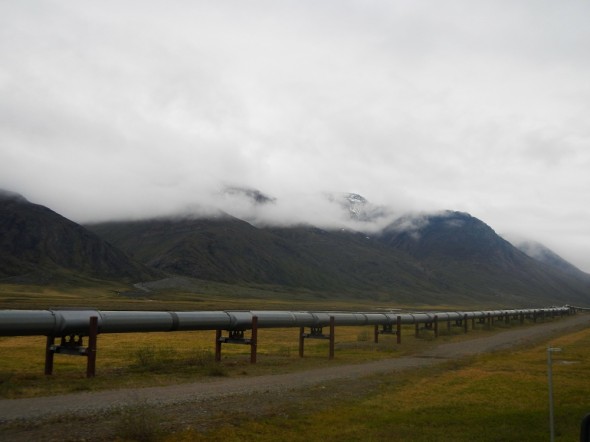
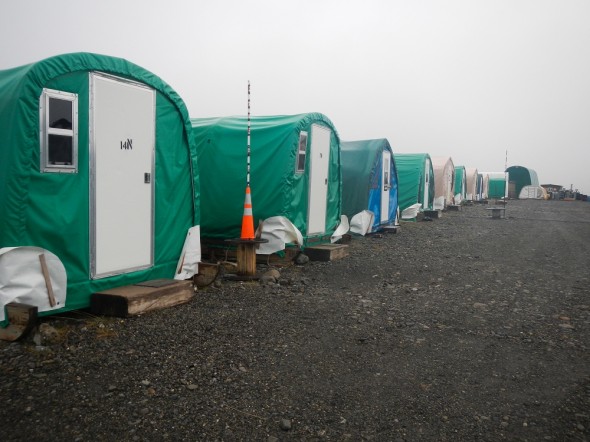
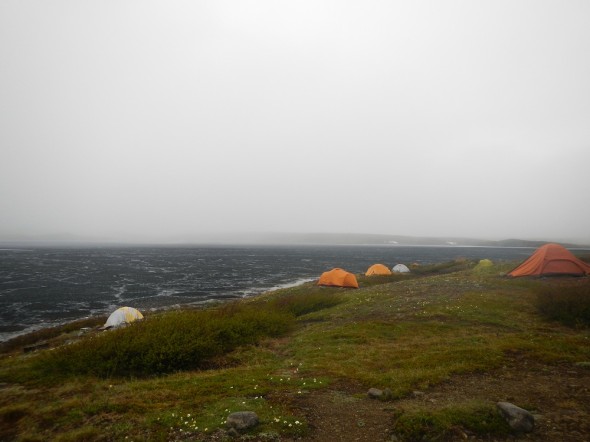
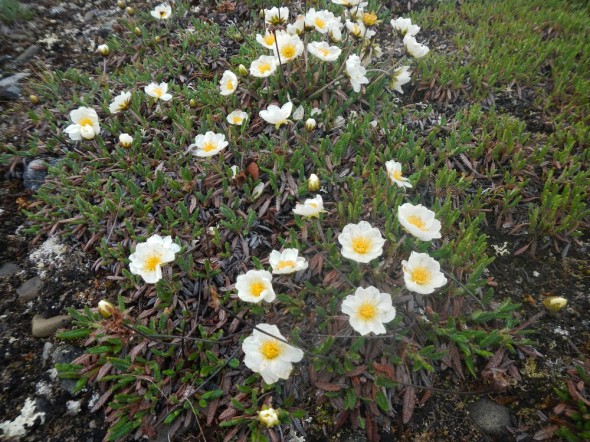

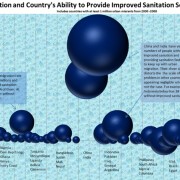
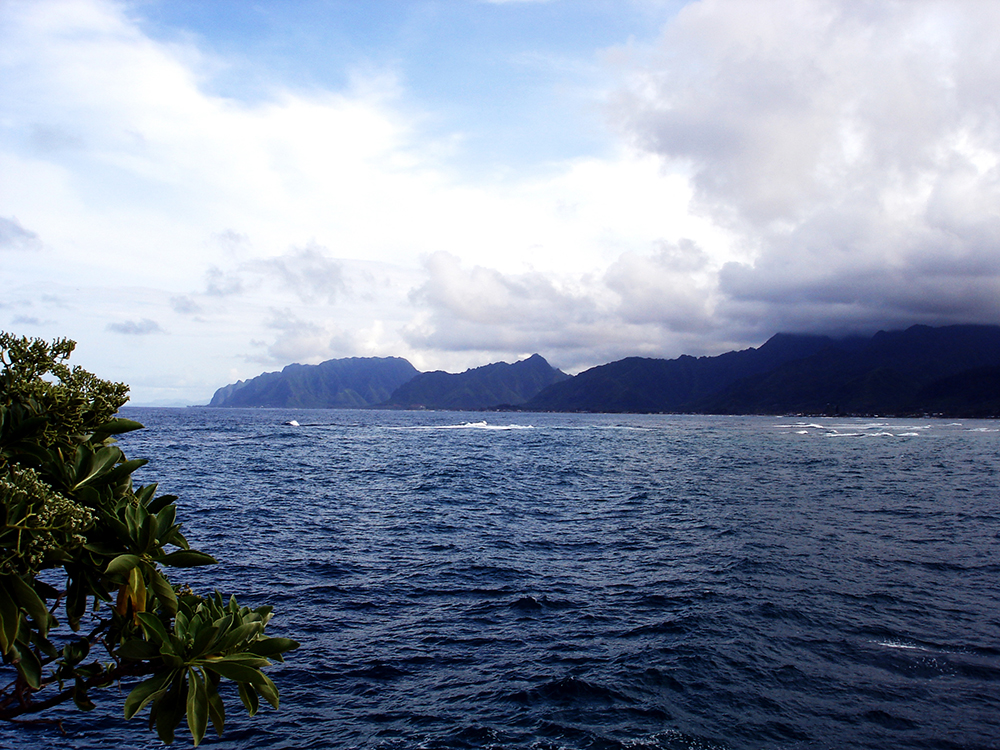
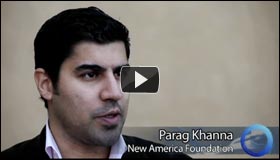


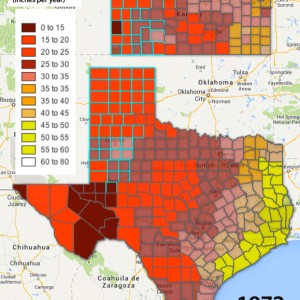
Leave a Reply
Want to join the discussion?Feel free to contribute!